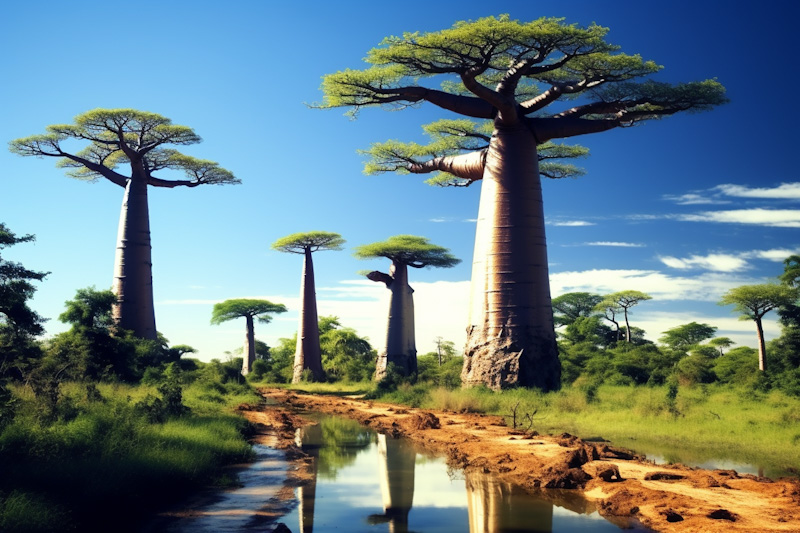
5. Pangolins
While pangolins can be found across Africa and Asia, Madagascar’s native species, the long-tailed pangolin, is particularly unique. These elusive, nocturnal creatures are covered in protective keratin scales and are known for their peculiar, ant-eating habits.
In Madagascar, pangolins play a vital role in controlling insect populations, particularly ants and termites. Their presence in the island’s ecosystems underscores the delicate balance of life and the interconnectedness of species.
6. Tortoises
Madagascar’s tortoises, particularly the radiated and ploughshare tortoises, are among the most endangered in the world. With their distinct shell patterns and gentle nature, they are a favorite among wildlife enthusiasts.
These tortoises, once abundant across the island, are now facing threats from habitat loss and poaching. Conservation efforts are underway to protect these gentle giants and ensure that they continue to roam Madagascar’s landscapes for generations to come.
7. Baobab Trees
While baobabs are synonymous with Madagascar, the island’s six native species each have their unique characteristics. These “upside-down” trees, with their thick trunks and sparse branches, are adapted to store water during dry seasons.
The Avenue of the Baobabs, a famous landmark, showcases these trees in all their glory. These ancient trees, some of which are over 1,000 years old, stand as sentinels of time, bearing witness to the changing landscapes and the ebb and flow of life on the island.